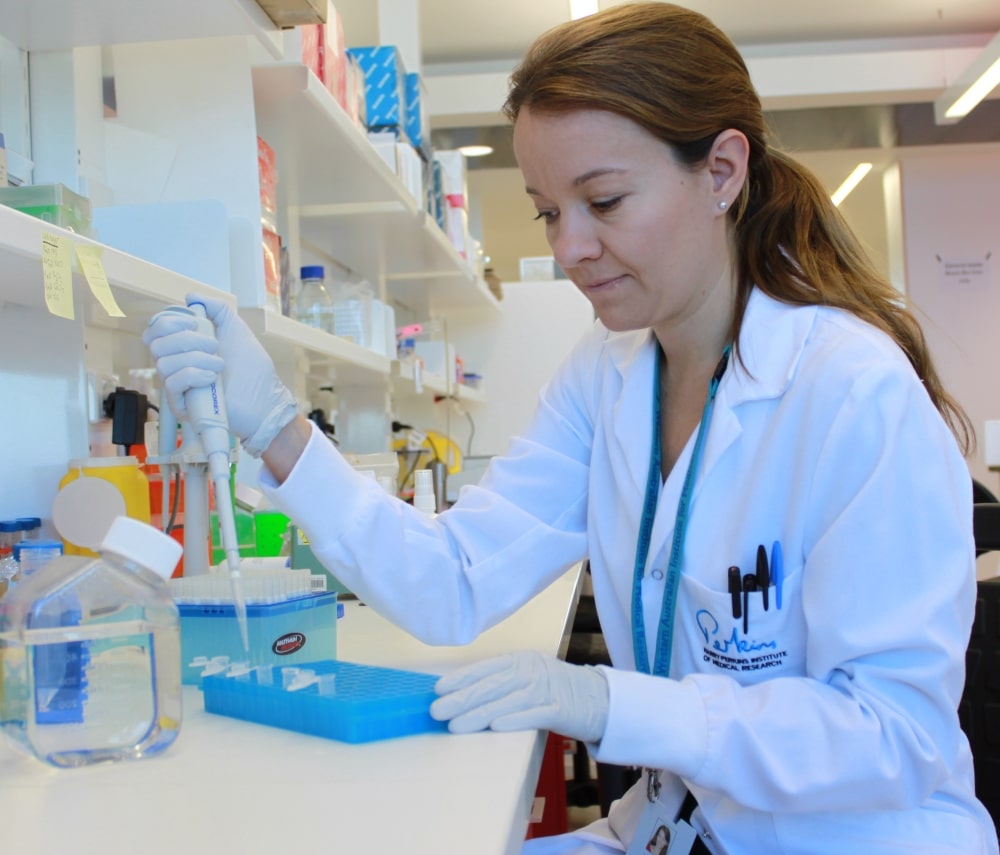
A new publication in eminent journal, Brain, has changed the way neurologists across the world will look at the disease Muscular Dystrophy.
Perkins PhD student, Dr Macarena Cabrera-Serrano, from the Laboratory for Neurogenetic Diseases, was lead author on the paper, Expanding the phenotype of GMPPB mutations.
Although Congenital Muscular Dystrophy has several forms and can stem from mutations in many different genes, it generally causes debilitating muscle weakness and can also involve the brain.
Most frequently congenital muscular dystrophies present at birth, or become obvious during the first six months of a child’s life. Some other kinds of muscular dystrophies can present later in life.
The muscular dystrophy caused by mutation in the GMPPB gene was known as a severe disease presenting by the age of 4 and frequently associated with epilepsy, mental retardation and other defects of the brain.
However, Dr Cabrera-Serrano said the latest study looked at patients in Perth and Sydney with a mutation in the GMPPB gene and showed that this Muscular Dystrophy can appear as a late onset condition, affecting adults with no abnormalities of the brain.
It also revealed that symptoms can be quite mild, with one patient in the study experiencing only episodes of breakdown of the muscles and weakness but later recovering to a basal state, rather than progressive deterioration of muscle fibres.
“The characteristics of this particular Muscular Dystrophy are much wider than previously thought,” she said.
“There’s a great range of symptoms from severe conditions in newborns, to learning difficulties with late onset muscle weakness, to an adult onset form of MD with normal brain function.”
Laboratory Head, Professor Nigel Laing said the publication was particularly important for Dr Cabrera-Serrano because it expanded neurologists’ understanding of the mutations which could be involved in Muscular Dystrophy and would affect diagnoses.
He said that Dr Cabrera-Serrano had also coordinated the project across Australia with input from researchers in Boston.
Next-generation-sequencing, which was used to find variations in the genes of patients involved in the project, was conducted in Perth.
